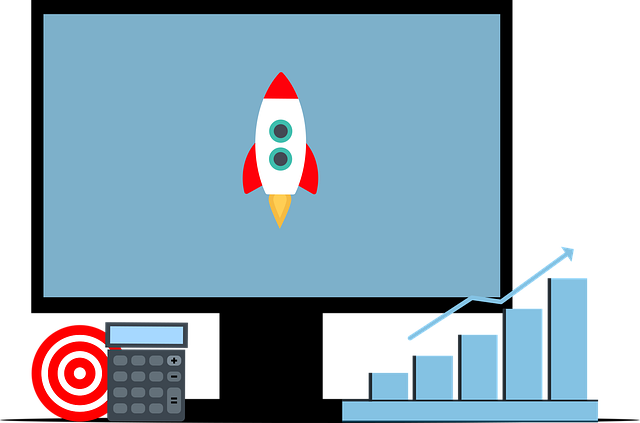AI food cost control software leverages computer vision and machine learning to optimize inventory management for restaurants and retail food businesses. By tracking usage patterns, predicting demand, and automating counting errors, this technology minimizes overstocking, reduces food spoilage, and lowers operational costs. AI algorithms detect subtle changes in product appearance, prevent stockouts, ensure freshness, and provide valuable business insights for data-driven decision making, ultimately enhancing profitability.
“Unleash the power of Artificial Intelligence (AI) in revolutionizing food cost management for businesses. This article explores the transformative potential of AI Food Cost Control Software, a game-changer in the culinary industry. From understanding the fundamentals to witnessing its real-world impact, we delve into how computer vision enhances efficiency.
Learn about the benefits, discover practical applications, and gain insights into why this technology is a must-have for any food service operation seeking to optimize costs.”
- Understanding AI Food Cost Control Software: The Basics
- How Computer Vision Enhances Food Cost Management
- Real-World Applications and Benefits of AI in Food Cost Control
Understanding AI Food Cost Control Software: The Basics

AI food cost control software is designed to optimize and streamline inventory management for the hospitality and retail industries, primarily restaurants. It leverages computer vision and machine learning algorithms to analyze food and beverage inventory in real-time, tracking usage patterns, identifying waste hotspots, and predicting future demand. By understanding what’s sold, when it’s sold, and how much is wasted, businesses can make data-driven decisions to minimize food costs.
This technology works by using cameras to capture images of storage areas, then employing AI algorithms to identify and categorize items visually. It automates the process of inventory tracking, eliminating manual counting errors and providing accurate, up-to-date information. With this visibility, businesses can set optimal stock levels, reduce overstocking and minimize food spoilage, ultimately leading to significant cost savings.
How Computer Vision Enhances Food Cost Management

Computer vision, powered by AI, is transforming food cost management in businesses by offering precise and efficient solutions. This technology enables the automatic tracking and analysis of inventory levels, identifying spoilage and waste at an early stage. With real-time data on stock movement, AI food cost control software can predict demand patterns more accurately, minimizing overstocking or stockouts.
By employing computer vision, businesses gain insights into product quality and freshness, ensuring only the best items are sold. This not only improves customer satisfaction but also reduces the financial burden of discarded goods. Moreover, automated visual inspection systems can detect defects in produce, meat, and other food items, leading to better quality control and increased profitability.
Real-World Applications and Benefits of AI in Food Cost Control

In the realm of food and retail, Artificial Intelligence (AI) has emerged as a powerful tool for business owners to optimize operations and enhance profitability, especially when integrated with computer vision technology. AI food cost control software leverages machine learning algorithms to analyze and interpret visual data from product images, enabling accurate inventory management and precise cost calculations. By using AI-powered computer vision, retailers can automatically track stock levels, identify spoilage or damage in real-time, and streamline the auditing process.
The benefits are far-reaching: reduced waste, improved freshness, and better overall efficiency. For example, AI algorithms can detect even subtle changes in product appearance, helping to prevent overstocking and ensure that only high-quality items reach consumers. This not only minimizes financial losses but also contributes to a more sustainable food supply chain. Furthermore, automated cost control systems provide business insights, allowing retailers to make data-driven decisions, negotiate better supplier deals, and ultimately reduce operational expenses.
AI food cost control software is transforming the way businesses manage their expenses, particularly in the food industry. By leveraging computer vision, this technology revolutionizes inventory management, waste reduction, and overall operational efficiency. The real-world applications are vast, from smart retail stores to restaurant kitchens, where AI enhances productivity and profitability. As this innovative tool continues to evolve, its potential to optimize food cost control will undoubtedly leave a lasting impact on the industry.
